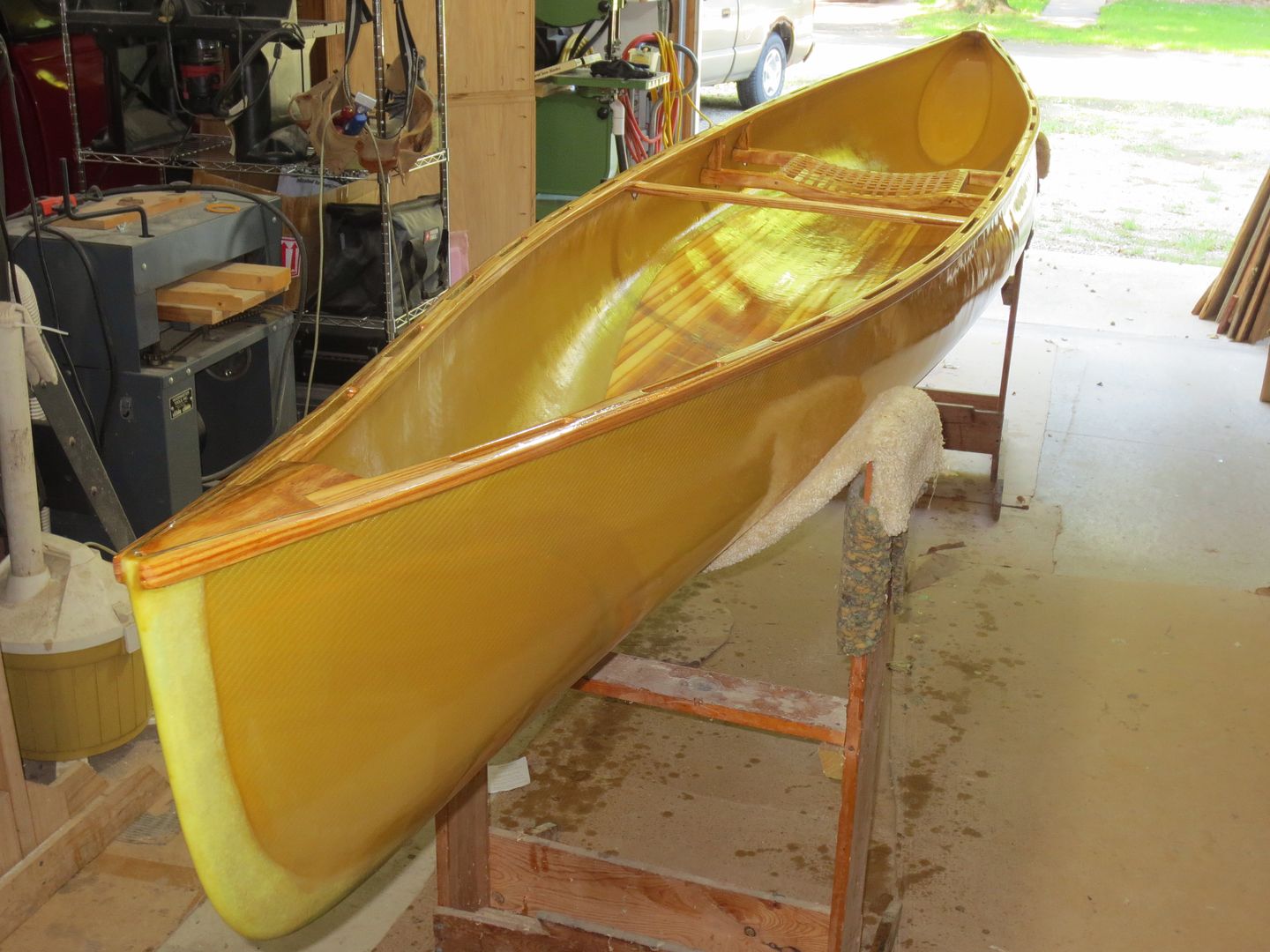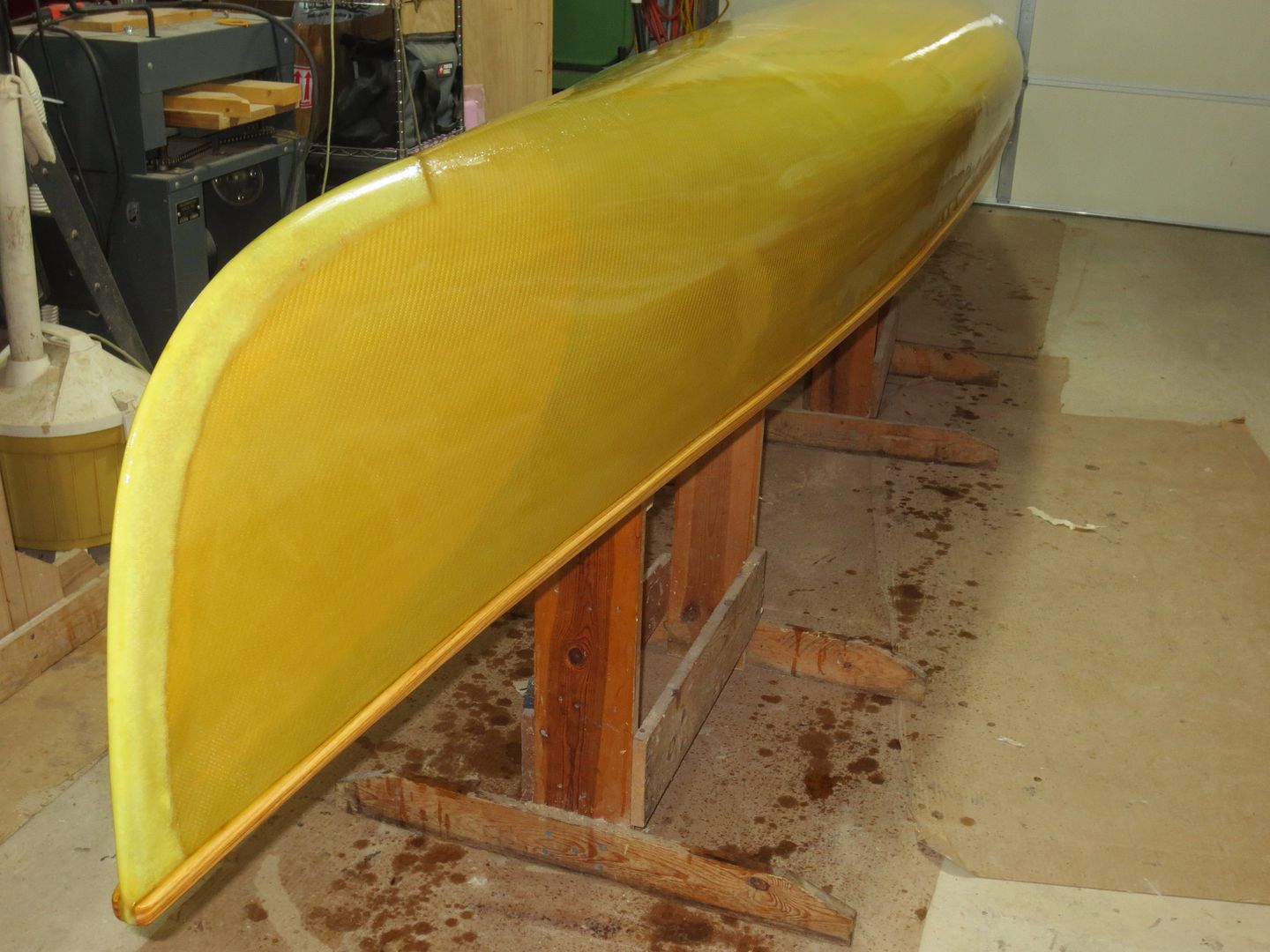- Joined
- Jun 30, 2016
- Messages
- 8
- Reaction score
- 0
Where is a good place to get Kevlar skid guards for my old town?
MW
MW


epoxy, resin + hardener?
MW
You might hold off on Kevlar entirely. Quick, easy to apply and a POS.. Fiberglass is better. Kevlar does not abrade well. It makes up for that weakness in the thickness of the cloth. You get better protection from thinner fiberglass fabric.
dynel is somewhere between s glass and kevlar for abrasion resistance. What sort of glass did you use?
 20150905_001 by Alan, on Flickr
20150905_001 by Alan, on FlickrBTW we are reinventing the wheel.. my source...lol.. Google came up number 1
ta da
http://www.canoetripping.net/forums/...s-an-evolution
we've now been around long enough to repeat ourselves like Grumpy Old Men
Dynel doesn't really fuzz but it seems that no matter how long I grind away at it with an 80 grit pad I can't ever get it to wear away. Because of the fuzzing I wouldn't want to use Kevlar cloth at the stems.
This year I've got multiple layers of E and S glass buried beneath one layer of dynel at the stems. Already I'm wondering if I shouldn't have doubled up the Dynel. I'll see what I've got in a couple months.
The factory installed Kevlar felt skid plates on my Swift have an annoying... gurgle... as if you are always near a babbling brook.
Alan, that result from last year really isn't really due to the materials used as much as paddling in Shield country.
I happened upon a pristine farrier's file laying in the road one day and took it home. I looked at those aggressive teeth and wondered....so I put it to the rough felt skids for a test. Sure enough, those little clustered knife blades easily sliced through the hard material and made a smooth surface. I had to be very careful not to gouge the exposed vinyl at the edges of the plate, but the finished product was quite smooth (relatively). The Farrier's file cuts so easily that it wasn't hard to work with carefully around the edges.
https://www.amazon.com/Nicholson-Farrier-American-Pattern-Rectangular/dp/B004HW6AV0
For 20 bucks I could maybe fix my own fugly kevlar felt skid plates, and make step eight amends to friend’s canoes.
